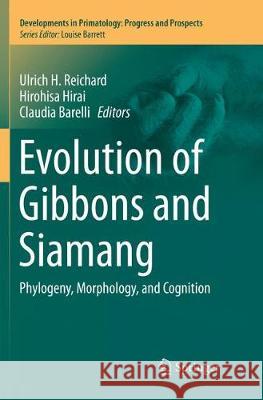Evolution of Gibbons and Siamang: Phylogeny, Morphology, and Cognition » książka
topmenu
Evolution of Gibbons and Siamang: Phylogeny, Morphology, and Cognition
ISBN-13: 9781493981656 / Angielski / Miękka / 2018 / 366 str.
Evolution of Gibbons and Siamang: Phylogeny, Morphology, and Cognition
ISBN-13: 9781493981656 / Angielski / Miękka / 2018 / 366 str.
cena 685,93 zł
(netto: 653,27 VAT: 5%)
Najniższa cena z 30 dni: 655,41 zł
(netto: 653,27 VAT: 5%)
Najniższa cena z 30 dni: 655,41 zł
Termin realizacji zamówienia:
ok. 22 dni roboczych
Bez gwarancji dostawy przed świętami
ok. 22 dni roboczych
Bez gwarancji dostawy przed świętami
Darmowa dostawa!
Kategorie:
Kategorie BISAC:
Wydawca:
Springer
Seria wydawnicza:
Język:
Angielski
ISBN-13:
9781493981656
Rok wydania:
2018
Wydanie:
Softcover Repri
Ilość stron:
366
Waga:
0.52 kg
Wymiary:
23.39 x 15.6 x 1.98
Oprawa:
Miękka
Wolumenów:
01
Dodatkowe informacje:
Wydanie ilustrowane











